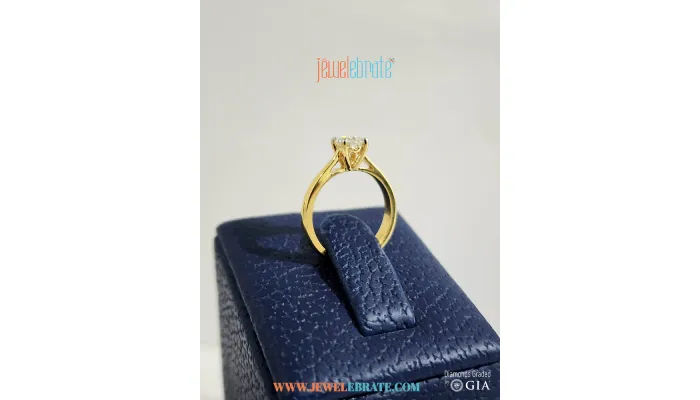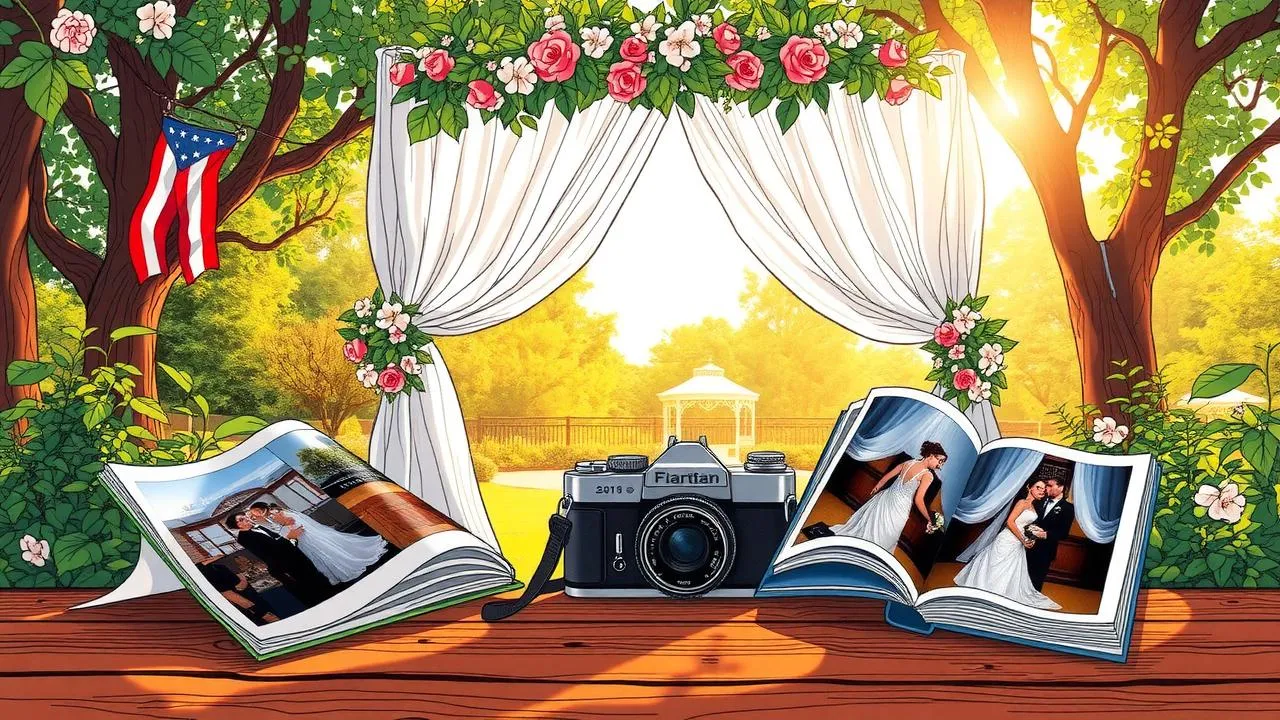Caring for your diamond engagement ring involves some important steps to keep it looking its best and protected. First, make sure you insure the ring and get it appraised every five years so the value stays current with market trends. When wearing or removing your ring, always handle it by the band to avoid getting oils on the diamond, which can dull its shine. Clean your ring gently at home using warm water and mild soap, but also have a jeweler professionally clean it from time to time. Avoid harsh chemicals and take off your ring during activities like gardening or exercising to prevent damage. Regular maintenance checks will help catch any loose stones or worn parts early, ensuring your ring stays secure for years ahead.
Insuring and Appraising Your Diamond Engagement Ring
Insuring your diamond engagement rings as soon as you can is crucial to protect your investment against theft, loss, or accidental damage. You can either choose a jewelry-specific insurance policy or add a rider to your existing homeowner’s or renter’s insurance. Be sure to ask your insurer about coverage details, such as if they protect against mysterious disappearance or accidental loss, not just theft. Keep a copy of your purchase receipt, any certificates, and appraisal documents handy in case you need to file a claim. It’s a good idea to have your ring professionally appraised every five years by a certified appraiser familiar with diamonds and precious metals. This updates the ring’s value with current market prices, ensuring your coverage matches its worth. Also, notify your insurance company immediately if your ring undergoes repairs, resizing, or upgrades, as these changes can affect coverage. Take clear photos of your ring from multiple angles, including close-ups of the diamond and setting, to document its condition. Store all appraisal and insurance paperwork in a safe place separate from the ring itself. Finally, understand your policy’s deductibles and claim limits to avoid surprises if you ever need to use your insurance.
- Get your ring insured as soon as possible to protect against theft, loss, or accidental damage.
- Choose an insurance policy that specifically covers jewelry or add a rider to your homeowner’s or renter’s insurance.
- Keep a copy of the purchase receipt and any certificates or appraisals handy for claims.
- Have your ring professionally appraised every five years to update its value according to market changes.
- Appraisals should be done by a certified appraiser familiar with diamonds and precious metals.
- Notify your insurance company immediately of any changes such as repairs, resizing, or upgrades.
- Ask your insurer if they cover mysterious disappearance, accidental loss, or only theft.
- Document your ring with clear photos from different angles including close-ups of the diamond and setting.
- Keep all appraisal and insurance documents in a safe place separate from the ring itself.
- Understand the deductibles and claim limits in your policy to avoid surprises in case of loss.
How to Handle and Wear Your Ring Safely?
Always handle your diamond engagement ring by the band rather than the stone itself. Touching the diamond directly transfers oils from your skin, which can dull its sparkle over time. Try to avoid removing your ring in public places where it might get lost or dropped. Diamonds naturally attract dust, dirt, and body oils, making the stone look cloudy if not cleaned regularly. Before applying lotions, creams, or hand sanitizers, remove your ring to prevent buildup on both the diamond and the metal band. Be cautious when wearing your ring during physical activities that could scratch or chip the diamond or damage the setting, such as gardening, heavy lifting, or sports. If you need to take off your ring, place it in a secure container instead of leaving it on random surfaces. Also, check your fingers occasionally for any swelling that might make the ring too tight or uncomfortable. When stacking rings, be mindful to avoid scratches caused by rubbing stones or metals against each other. Lastly, having your ring properly sized helps ensure it fits comfortably and reduces the risk of slipping off unexpectedly.
Effective Cleaning Methods for Your Diamond Ring
To keep your diamond engagement ring sparkling, avoid harsh household cleaners like bleach, ammonia, or chlorine as they can damage the metal and dull the diamond’s shine. A simple and safe cleaning method is to soak your ring in warm water mixed with a few drops of mild dish soap for 20 to 30 minutes. After soaking, use a soft-bristled toothbrush to gently clean around the diamond and the setting, paying special attention to crevices where dirt can build up. Rinse the ring thoroughly under warm running water to remove all soap residue, then dry it with a lint-free soft cloth to prevent scratches. For the best results, consider having your ring professionally cleaned by a jeweler who can use steam or ultrasonic cleaning methods. However, avoid ultrasonic cleaning at home if your ring has fragile settings or includes other gemstones, since this can cause damage. Regular cleaning helps maintain your ring’s brilliance by preventing the buildup of oils and dirt. Also, store your cleaning tools separately from your jewelry to avoid any contamination or accidental damage.
Protecting Your Ring from Chemicals and Damage
Diamond engagement rings require careful attention to avoid damage from everyday chemicals and physical impact. Harsh substances like bleach, chlorine, and common household cleaners can corrode the metal setting, so it’s best to remove your ring before using these products. For example, swimming in chlorinated pools or relaxing in hot tubs can cause metal discoloration and weaken the band over time. Despite diamonds being very hard, they are not immune to chipping or scratches if knocked against hard surfaces. Be mindful when doing activities that involve heavy hand use or rough materials, such as gardening or moving furniture, as abrasive fabrics and hard impacts can scratch the metal or loosen stones. When working with strong solvents or chemicals for hobbies or work, wearing protective gloves shields both your skin and your ring from harm. If your ring is accidentally exposed to chemicals, rinse it immediately under running water to reduce potential damage. Regularly inspect your ring for signs of loose stones or bent prongs, especially after any impact, and take it to a jeweler for a professional checkup if you suspect damage. This helps keep your ring secure and looking its best.
When to Remove Your Ring During Daily Activities?
It’s important to take off your diamond engagement ring during certain daily tasks to keep it safe and sparkling. Before gardening, remove your ring to avoid dirt buildup and prevent scratches or bending from soil and tools. When washing dishes or handling cleaning products, take off your ring to protect it from harsh chemicals and accidental knocks. Exercise routines, especially yoga poses like downward dog where pressure is placed on your hands, call for ring removal to avoid damage. Moving furniture or lifting heavy items can bend the band, so it’s best to remove your ring beforehand. Home repairs and using power tools are also risky activities that can cause chips or dents, so keep your ring off during these times. Applying lotions, sunscreen, or hand sanitizers can leave residues that dull the diamond’s shine, so take the ring off during these moments. Avoid wearing your ring for contact sports or any activities with a high risk of hand injury. Swimming in pools, oceans, or hot tubs exposes your ring to chlorine and salt, which can damage the setting or cause loss, so always remove it before swimming. Each time you take off your ring, store it in a safe place to prevent accidental loss or damage. If removing your ring isn’t practical during certain activities, consider wearing a silicone ring or ring guard as a protective alternative.
Scheduling Regular Maintenance Checks
Visiting your jeweler at least once a year for a professional inspection is essential to keep your diamond engagement ring in great condition. During these visits, the jeweler will carefully check the tightness of the prongs and the security of the diamond to help prevent any risk of losing the stone. They will also look for any hairline cracks or signs of wear on the band that could lead to future breakage if left unnoticed. Early detection of damage or loosening means you can address issues before they worsen, saving you from costly repairs down the road. Many jewelers offer polishing and rhodium plating services during these maintenance appointments, which can restore the ring’s finish and keep white gold rings looking bright and fresh. Additionally, your jeweler can professionally clean your ring, removing any dirt or buildup that dulls its sparkle. It’s a good idea to keep a record of each maintenance visit along with any repairs or adjustments made. If you ever notice the diamond wobbling or feel discomfort while wearing the ring, schedule a check immediately rather than waiting for your annual visit. Also, if your lifestyle changes, such as taking on more physical activities or frequent exposure to chemicals, discuss this with your jeweler, as it might mean you need more frequent inspections to ensure your ring stays secure and beautiful.
Safe Storage Tips for Your Engagement Ring
To keep your diamond engagement ring secure and in top condition, use designated ring dishes or holders at home, especially in places like your bedside table, bathroom sink area, or kitchen counter. Avoid placing your ring on unstable surfaces such as counters or sinks where it can easily slip off and get lost. When traveling, store your ring in a padded jewelry case or a ring box to protect it from damage. If you need to remove your ring in public, consider wearing it on a necklace chain to lower the risk of losing it. Always store your ring separately from other jewelry pieces to prevent scratches and scuffs. Choose a dry, cool spot away from direct sunlight and humidity to avoid metal tarnish. Avoid tossing your ring loosely into bags or purses without protection, as this can cause damage or loss. For long-term storage, using anti-tarnish strips or pouches helps maintain the metal’s quality. Regularly check your storage locations to ensure your ring is safe and hasn’t been misplaced. For added security at home, especially with high-value rings, a safe or lockbox is a smart option to keep your precious ring protected.
Special Care Instructions for White Gold Rings
White gold rings get their bright white finish from a rhodium plating, which wears off over time and reveals the yellowish color of the gold underneath. To keep your ring looking fresh and bright, have it professionally rhodium plated every 1 to 2 years. Avoid exposing your white gold ring to harsh chemicals, especially chlorine found in swimming pools, as these can speed up the fading of the plating. Always remove your ring before swimming or using strong cleaning products. When cleaning, use gentle methods like soaking in warm soapy water and a soft toothbrush to avoid stripping the rhodium layer. Store your white gold ring separately from other jewelry to prevent scratches that can expose the natural gold beneath. If you notice uneven wear or discoloration, consult your jeweler rather than trying to fix it yourself. Keep in mind that rhodium plating can slightly alter the ring’s size, so if you need resizing, it’s best to have it replated afterward by a professional to maintain its appearance and durability.
Extra Tips for Keeping Your Ring Sparkling and Secure
Every engagement ring is unique, reflecting a personal story, so avoid comparing yours to others. To keep your ring in top shape, don’t wear it to bed; this simple step reduces wear and lowers the chance of bending or scratches. Be mindful of products like hand sanitizers and sunscreens, as they can leave a dull residue on your diamond, masking its natural sparkle. Always rely on professional jewelers for repairs, resizing, or any adjustments to preserve the ring’s quality and integrity. Regularly inspect your ring for loose stones or worn prongs and address these issues promptly to prevent loss or damage. When traveling, handle your ring carefully: avoid tossing it loosely in bags or pockets to prevent scratches or misplacement. It’s also wise to review your insurance coverage occasionally to ensure it matches your ring’s current value as it ages or if market prices change. Keep all documentation and certificates safe; these are essential for authentication and future resale. Take time to understand your ring’s specific materials and care needs, tailoring your maintenance routine accordingly. Remember, gentle daily care combined with professional attention from time to time will keep your diamond engagement ring looking its best for years to come.

Mary Burns is a dedicated writer focusing on health and fitness topics. With a passion for promoting wellness and vitality, Mary shares her knowledge and expertise through engaging and informative blog posts.




